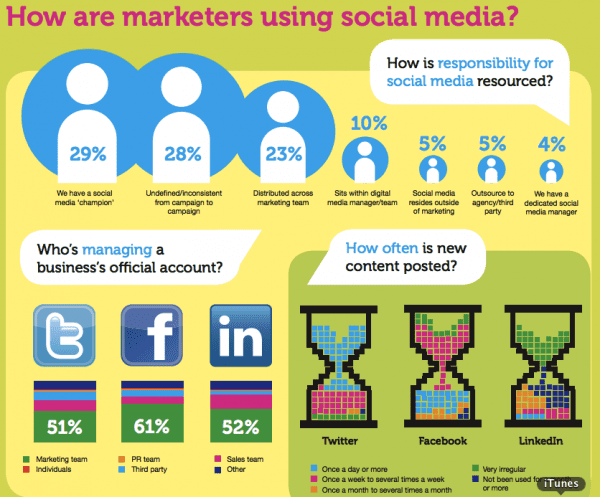Steve Lee,
APR and Chief Pathfinder for Quicksilver Interactive Group, spoke to the
strategic communications course at the Mayborn
this week. As a digital communications expert in the Dallas area, Lee had a
gold mind of knowledge and examples of successful social media campaigns. Especially
fascinating was the work he’s done for the AA Center and the local Ronald
McDonald House.
 |
| Buddha on Facebook? (Source) |
How do I get better at SoMe? In my current job, I manage
social platforms and direct messaging, along with run events, and engage in
donor relations, and photograph, and etc. All of this is tied together but I
find myself asking how can I improve my writing, improve my engagement, and
improve my knowledge of the platforms?
I, of course, did not say this as eloquently as spending a
few minutes at the keyboard allows. I was met with the response: “It seems like
you might not have time to think.” Lee’s advice was to focus on one platform at
a time, and separate strategy from technical skill.
Lee’s advice, along with all of the information on social
media strategy offered in class, gave me a lot to think about. I set out to
meditate on the topic. I kept in mind
that social media planning isn’t much different that communication planning. As
I wrote last
week, when planning for social media communications, business goals have to
be kept in mind. I kept in mind that I was probably overthinking the matter,
and needed to breathe a little.
Then, I had social media sense of enlightenment.
How do I SoMe better?
I have to SoMe thoughtfully!
I jotted down a few notes on how to do that and set out to
plan my activities for the next week while observing the lesson I learned.
Thoughtful Practice of SoMe
Be Aware.
Jumping on the latest platform is
not a good use of time if you do not fully understand it or it will not help
your business and communications objectives. If you have nothing to share on
Pinterest, don’t just pin for pinning’s sake.
Keep up with the industry by
reading. Mashable, Gigaom, and Social
Media Today are some of my tech favorites. It also helps to read for fun,
so go ahead and escape with the new issue of The Atlantic.
Be compassionate.
An app doesn’t entitle you to
forget you’re speaking to people. Identify your audience and give them a
personality. Write online as you are
speaking to people.
Be beautiful.
Every tweet or post is an
opportunity to engage in the practice of concise writing. Say what you mean.
Say it nicely.
Be authentic.
Keep your brand identity in
check. Keep your listeners in mind and
respond with your attention and consistency.
Have Fun.
It is,
after all, social media.


